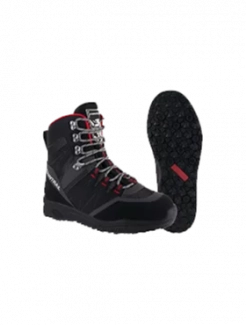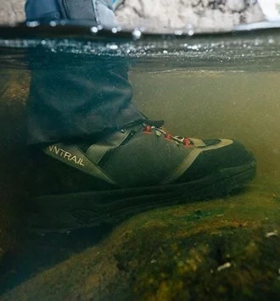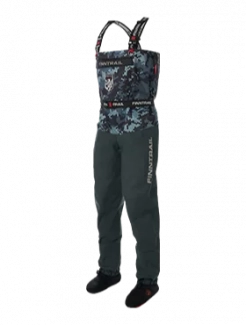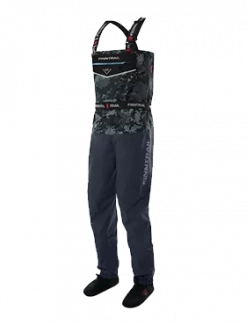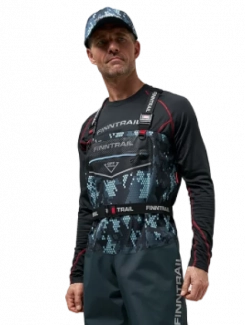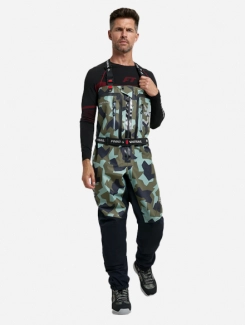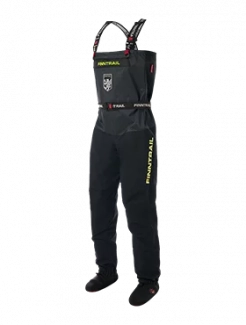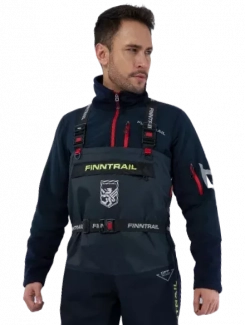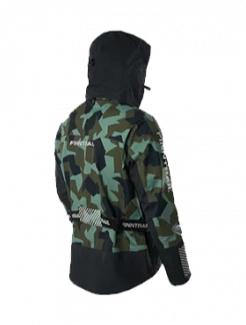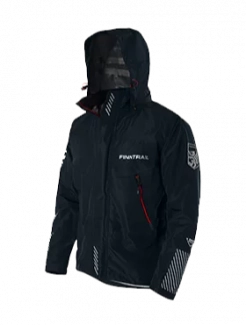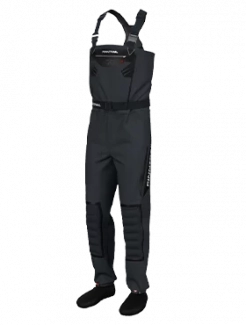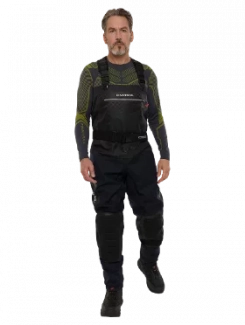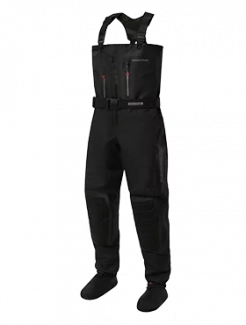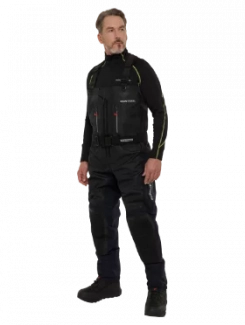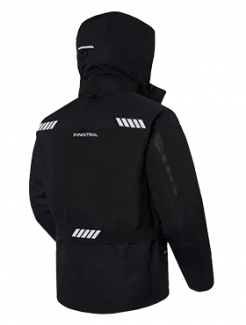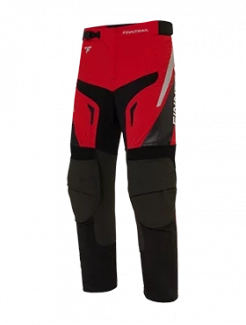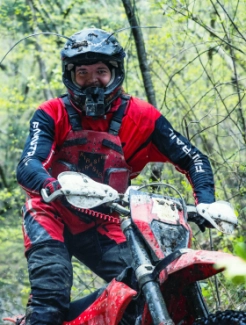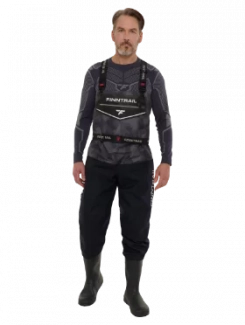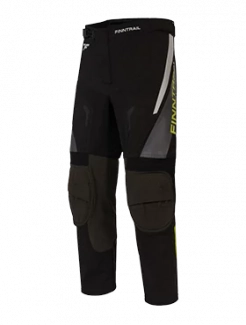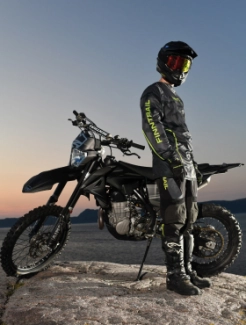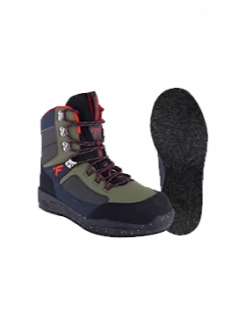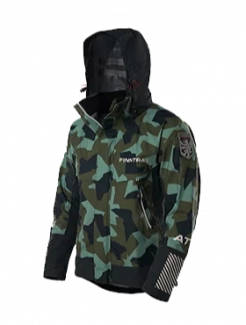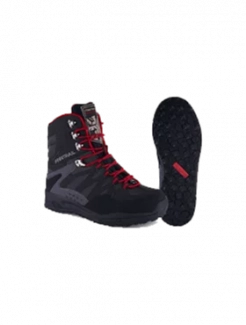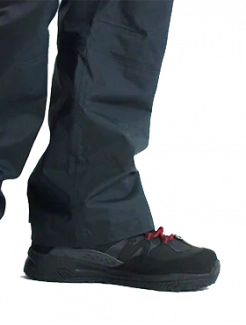Off-Roading After the Leaves Fall
When autumn fades and the first snow starts to fall, many off-roaders park their vehicles for the season. But for those who enjoy a challenge, winter offers a completely new kind of adventure. Off-roading after the leaves fall is about adapting to cold-weather conditions, preparing your vehicle properly, and knowing what gear to change — and what to keep the same.

When Fall Ends and Conditions Turn Icy or Snowy
Once the temperatures dip below freezing, trail conditions change dramatically. The soft dirt and mud of fall harden into frozen ridges, while patches of snow and ice can hide rocks, ruts, and fallen branches. Even trails you know well can become unpredictable.
Winter off-roading demands a different driving approach:
-
Reduce your speed — icy surfaces limit traction and make braking less effective.
-
Avoid sudden movements — sharp turns or acceleration can cause loss of control.
-
Use low gear for steady power delivery and improved grip.
-
Be cautious with water crossings — ice may not be thick enough to support weight.
Shorter days and lower visibility mean you'll often be driving in dim light or darkness, so plan routes and timing carefully.
Preparations for Winter Trail Use
Before heading out, make sure both you and your vehicle are ready for winter conditions. Proper preparation is critical for safe off-roading.
Vehicle Check
-
Battery: cold drains power faster — make sure it's fully charged and in good condition.
-
Fluids: switch to winter-grade oil and antifreeze. Check windshield washer fluid is rated for freezing temps.
-
Tires: use snow-rated or studded tires with deep tread for maximum traction.
-
Lighting: ensure all lights are functioning properly. Consider adding auxiliary lights for better visibility during shorter winter days.
-
Winch: test your winch and clean off any mud or ice buildup from cables.
Essential Winter Gear
-
Emergency kit: pack blankets, extra warm clothing, hand warmers, high-calorie snacks, and water. Include a first-aid kit and any necessary medications.
-
Communication devices: carry a fully charged cell phone, portable charger, and consider a satellite communicator for remote areas where cell service can be unreliable.
-
Recovery equipment: snow shovels, traction boards, tow straps, and a portable air compressor are essential for self-recovery in winter conditions.
-
Navigation tools: GPS devices, physical maps, and a compass ensure you won't get lost even if electronic devices fail in the cold.
Pre-Trip Planning
-
Research trail conditions: check recent trip reports, weather forecasts, and avalanche warnings for mountainous areas.
-
Inform others: always tell someone your planned route and expected return time. Check in upon your safe return.
-
Start early: begin your trip early in the day to maximize daylight hours and avoid being caught on trails after dark.
What Gear Stays the Same vs What Changes
While winter off-roading requires specific adaptations, much of your core equipment stays the same year-round:
-
Recovery straps and shackles
-
Tire repair kit
-
First aid kit
-
Basic tool kit
-
Two-way radio or CB radio
What does change is the gear designed for weather and visibility:
-
Replace lightweight gloves with insulated ones.
-
Add waterproof boots and thermal clothing layers. Consider membrane suits for maximum protection. Always pack more warm clothing than you think you'll need.
-
Upgrade lighting — LED light bars or spotlights help with shorter days.
-
Use cold-weather lubricants and fluids to prevent freezing.
-
Inspect your winch line — synthetic lines can stiffen in extreme cold.
Conclusion
Off-roading after the leaves fall isn't just about tackling snow and ice — it's about preparation, patience, and respect for the changing environment. With the right setup, winter trails can offer breathtaking scenery, quieter routes, and a real sense of adventure.
If you plan carefully, adjust your technique, and keep safety first, the off-road season doesn't have to end when the leaves do — it simply transforms.

